Easy Metasequoia Indoor Grow Set Up described Below.
sequoia_stiffy
15 years ago
Related Stories

FARM YOUR YARD10 Easy Edibles to Grow in Containers
These herbs, vegetables and fruits are just as happy in a pot as they are in the ground
Full Story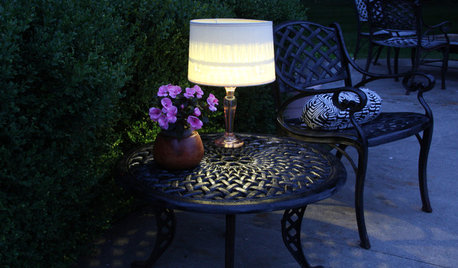
DIY PROJECTSLight Up Your Night With an Easy Outdoor Table Lamp
Hit up Goodwill and the hardware store to make this lamp for a deck or poolside patio in minutes
Full Story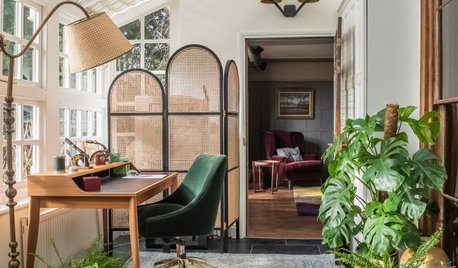
HOUSEPLANTSSimple Pleasures: Grow a Cheery Indoor Garden
Let houseplants work their magic on your rooms and you. These ideas will get you growing
Full Story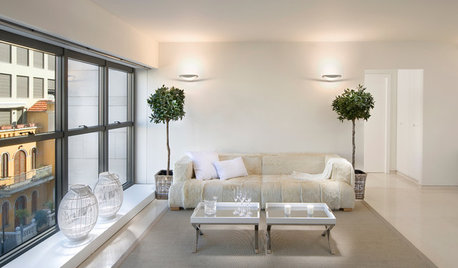

HOLIDAYS7 Quick and Easy Indoor Halloween Decorating Ideas
Make a pumpkin family portrait — no carving! — and other simple but eye-catching fall tabletop and mantel arrangements
Full Story
EARTH DAYGrow a Beautiful Garden With Ecofriendly Greywater
Reducing home water waste means lower bills and a healthier planet. Here's how to set up a greywater home irrigation system that can help
Full Story
GARDENING AND LANDSCAPINGGrow a Lush Privacy Screen
No need to wait forever for patio privacy the green way. These 10 ideas will get your screening up and running in no time
Full Story
HEALTHY HOME12 Ways to Set Up Your Kitchen for Healthy Eating
Making smart food choices is easier when your kitchen is part of your support team
Full Story
FRUIT TREESHow to Grow Your Own Persimmons
Sturdy and easy to care for, these trees offer bright fruit through winter — and keeping them in bounds is no sweat
Full Story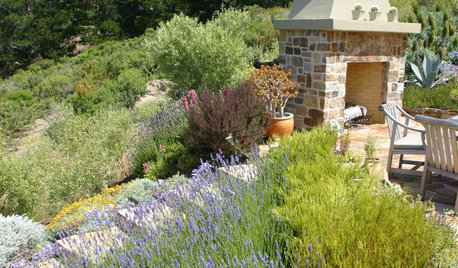
GARDENING AND LANDSCAPINGEasy Herbs for Every Space
Resilient and forgiving, herbs like mint, thyme and rosemary are simple to grow and look great in both containers and landscape designs
Full StoryMore Discussions






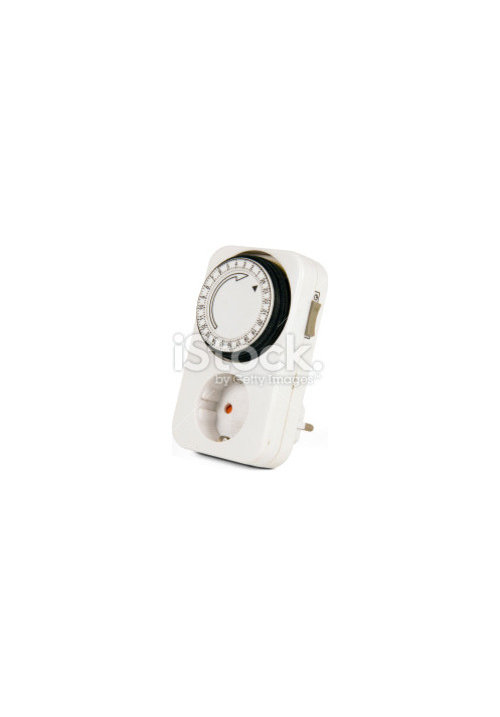


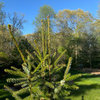
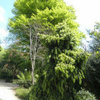
ken_adrian Adrian MI cold Z5
plants77
Related Professionals
Salem Landscape Contractors · Battle Ground Landscape Contractors · Beverly Hills Landscape Contractors · Cerritos Landscape Contractors · Dudley Landscape Contractors · Holland Landscape Contractors · Holtsville Landscape Contractors · Lantana Landscape Contractors · Lebanon Landscape Contractors · Los Banos Landscape Contractors · Old Saybrook Landscape Contractors · The Woodlands Landscape Contractors · Tustin Landscape Contractors · West Haverstraw Landscape Contractors · Camp Springs Landscape ContractorsToronado3800 Zone 6 St Louis
sequoia_stiffyOriginal Author
gardener365
ltruett
ken_adrian Adrian MI cold Z5
gardener365
ltruett
ltruett
sequoia_stiffyOriginal Author
ltruett
ltruett
mrgpag SW OH Z5/6
ltruett
Toronado3800 Zone 6 St Louis
sequoia_stiffyOriginal Author
mrgpag SW OH Z5/6
sequoia_stiffyOriginal Author
lou_spicewood_tx
gardener365
mrgpag SW OH Z5/6
sequoia_stiffyOriginal Author
ltruett
lou_spicewood_tx
mrgpag SW OH Z5/6
mrgpag SW OH Z5/6
ltruett
lou_spicewood_tx
mrgpag SW OH Z5/6
ltruett
mrgpag SW OH Z5/6
ltruett
ryan_tree
ltruett
ryan_tree
sequoia_stiffyOriginal Author
barbaraincalif
ltruett
ryan_tree
ltruett
ryan_tree
sequoia_stiffyOriginal Author
ryan_tree
Toronado3800 Zone 6 St Louis
sequoia_stiffyOriginal Author
ryan_tree
sequoia_stiffyOriginal Author
ryan_tree
ltruett